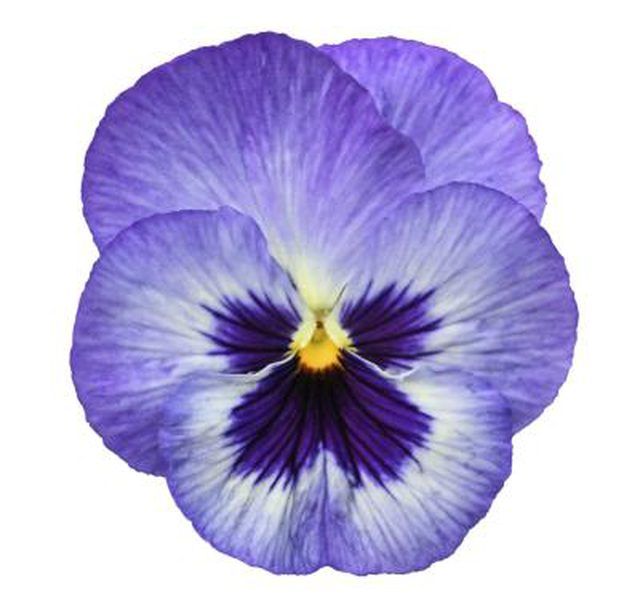Bulbs
Flower Basics
Flower Beds & Specialty Gardens
Flower Garden
Garden Furniture
Garden Gnomes
Garden Seeds
Garden Sheds
Garden Statues
Garden Tools & Supplies
Gardening Basics
Green & Organic
Groundcovers & Vines
Growing Annuals
Growing Basil
Growing Beans
Growing Berries
Growing Blueberries
Growing Cactus
Growing Corn
Growing Cotton
Growing Edibles
Growing Flowers
Growing Garlic
Growing Grapes
Growing Grass
Growing Herbs
Growing Jasmine
Growing Mint
Growing Mushrooms
Orchids
Growing Peanuts
Growing Perennials
Growing Plants
Growing Rosemary
Growing Roses
Growing Strawberries
Growing Sunflowers
Growing Thyme
Growing Tomatoes
Growing Tulips
Growing Vegetables
Herb Basics
Herb Garden
Indoor Growing
Landscaping Basics
Landscaping Patios
Landscaping Plants
Landscaping Shrubs
Landscaping Trees
Landscaping Walks & Pathways
Lawn Basics
Lawn Maintenance
Lawn Mowers
Lawn Ornaments
Lawn Planting
Lawn Tools
Outdoor Growing
Overall Landscape Planning
Pests, Weeds & Problems
Plant Basics
Rock Garden
Rose Garden
Shrubs
Soil
Specialty Gardens
Trees
Vegetable Garden
Yard Maintenance
How to Tell the Difference Between Pansy and Viola Flowers
How to Tell the Difference Between Pansy and Viola Flowers. Pansies (Viola x wittrockiana) and violas (Viola tricolor) come from the same genus and are often interchangeably referred to as "violas." The two plants are botanically from different species, however. To differentiate between these commonly mistaken bedding plants, look closely...

Pansies (Viola x wittrockiana) and violas (Viola tricolor) come from the same genus and are often interchangeably referred to as "violas." The two plants are botanically from different species, however. To differentiate between these commonly mistaken bedding plants, look closely at their flowers, hardiness characteristics and size.
Plant Origins
Violas are a wildflower native to Europe, and they're more commonly known as Johnny jump-ups in the United States. This species self-seeds better than pansies, allowing the plants to appear in areas throughout the landscape without much attention from the gardener. Pansies are a result from a cross between the wild varieties of violas and tend not to spread as readily.
Growth Requirements
Pansies, which thrive in U.S. Department of Agriculture hardiness zones 5 through 10, are less hardy than violas, which tolerate USDA zones 4 to 10. Both species perform best in moist, well-drained soil rich in organic matter and full sun. Violas can thrive in part shade as well. Though classified as a perennial, pansies are commonly grown as annuals. Violas are better able to overwinter, making them a more reliable biennial or perennial addition to the garden.
Bloom Qualities
The blooms are typically the most obvious feature to distinguish between pansies and violas. Flowers of pansies are larger, more rounded in shape, and they come in a greater variety of colors, including shades of orange, red, pink, blue, violet, yellow and white. Violas produce many more blooms per plant most commonly in shades of blue, yellow, violet and white. The flowers of both species have blooms that can resemble a face, although pansies tend to have a greater contrast between the primary flower color and the darker blotches in the center.
Growth Characteristics
While pansies may reach 6 to 12 inches tall, violas are typically between 3 and 8 inches in height with a spread of 9 to 12 inches. Pansies have a mounded shape in contrast to the spreading habit of violas. Flowers appear on violas from midspring through midfall and on pansies from early fall through early winter and mid- to late spring. The flowering season can be prolonged on both species by dead-heading.